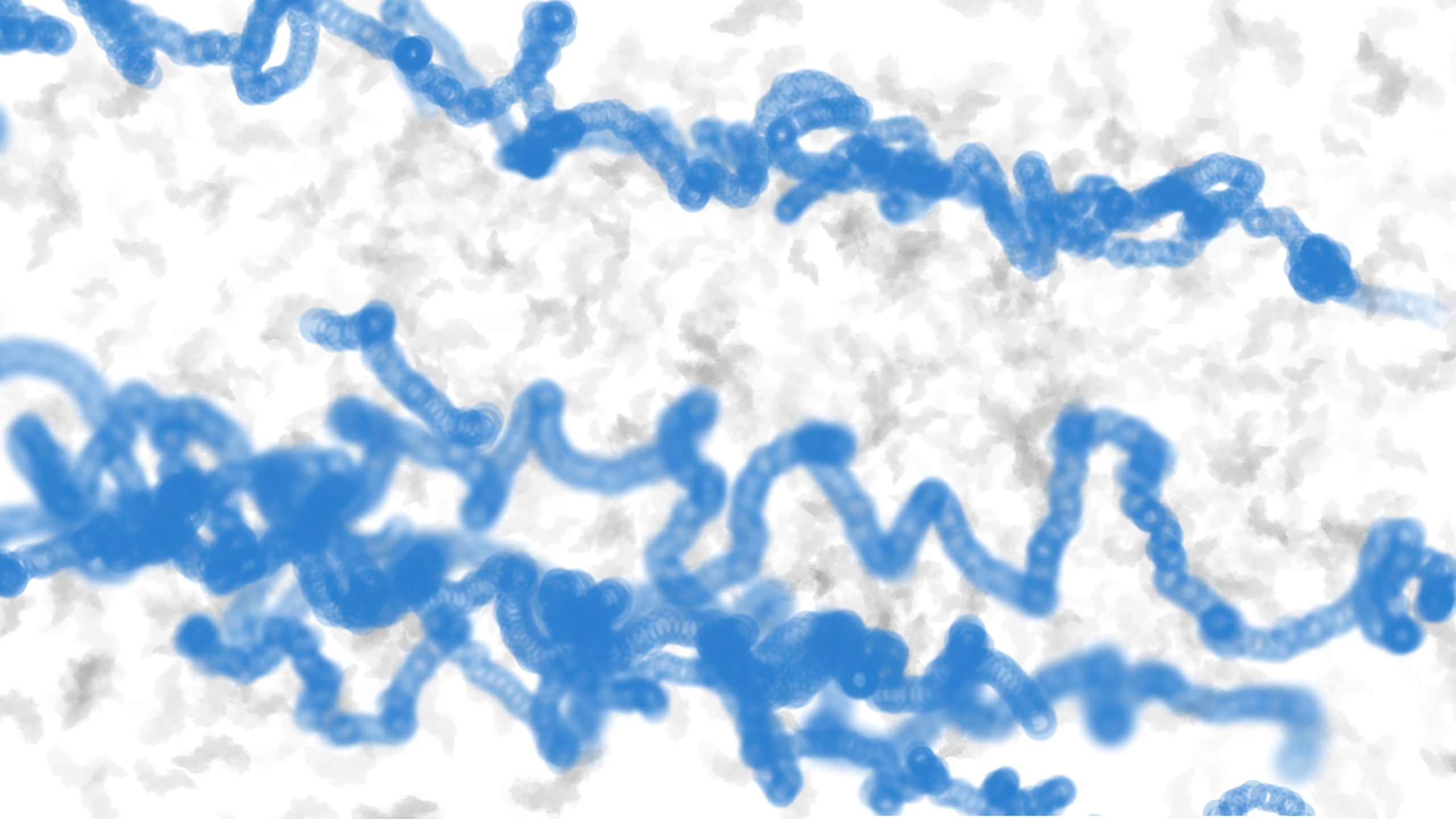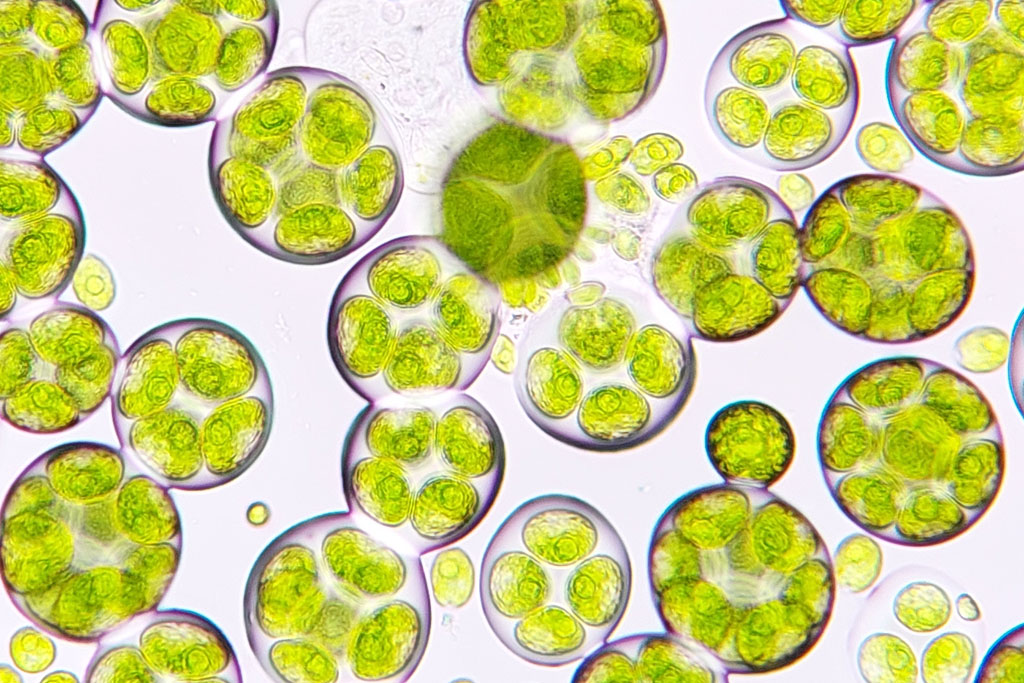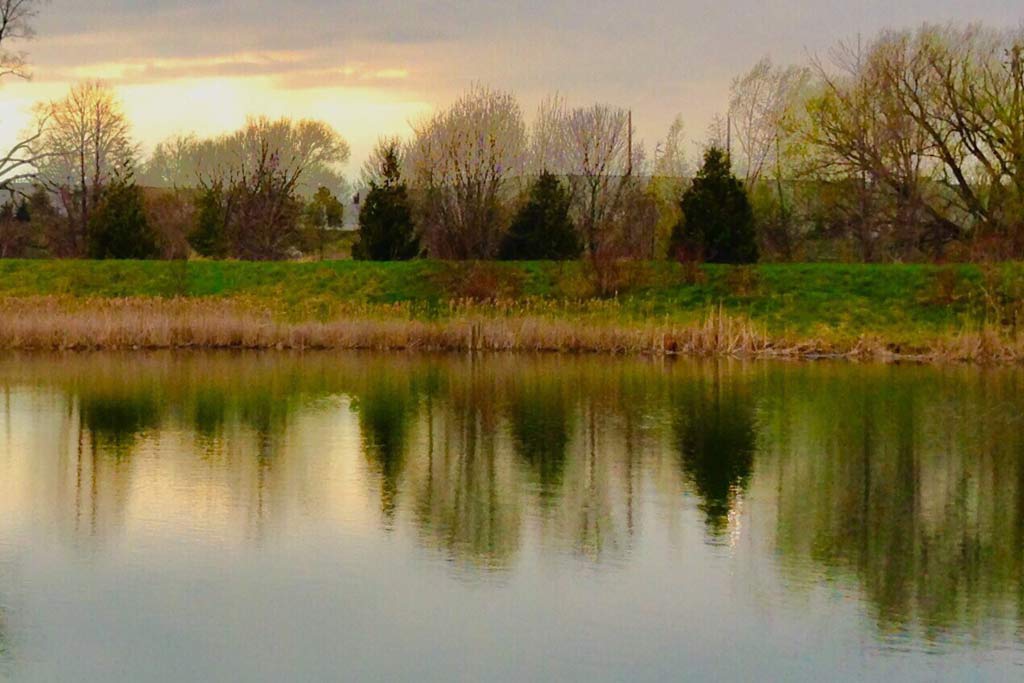At ILM Environments we have always used an integrated approach to managing lakes and ponds. Techniques such as aeration, installation of native plant buffer zones, manual removal of excessive plant material, nutrient reduction, and bioremediation all play an important role in the effective management of water bodies. The use of bacteria and enzymes, a bioremediation tool often referred to as “bio-dredging”, has become a popular request to help solve organic build-up problems in the bottom of lakes and ponds. Let’s consider how sediment builds up in lakes and ponds over time and whether bio-dredging is an appropriate solution.
Over time a pond will begin to “fill in” with sediment, which is comprised of both inorganic matter and nutrient-rich organic matter, such as leaves, animal waste, and dead algae/aquatic plant matter. This process of aging, called eutrophication, is perfectly natural. It is the fate of all lakes and ponds is to fill in overtime. In the picture-perfect glacial lake or pond, naturally occurring bacteria (which create their own enzymes) consume organic material and slow down the filling-in process, which in this case would take thousands of years. In most urban lakes and ponds, however, organic sediment accumulation is substantially accelerated to less than hundreds of years, with intervention eventually necessary to minimize the negative effects of sediment build-up.
For many years the wastewater industry has been using bacteria (both aerobic and anaerobic) and enzymes, along with aeration to treat wastewater before it is released back into streams or rivers. The enzymes aid in the breakdown of the organic matter in the wastewater and the bacteria then consume this organic matter. Based on these concepts, there is increased availability and use of bacteria and enzyme products in the lake and pond management industry. They are sold with the intended result of reducing sediment thickness, and in the process minimizing algae growth by increasing water depth and reducing organic matter available that feeds algae. There are several factors to consider, however, when considering this application.
First, consider the properties of the sediment itself. Organic matter is that fraction of the sediment composed of anything that once lived. It includes plant and animal remains in various stages of decomposition, cells and tissues of soil organisms, and substances from plant roots and soil microbes. In most soils, organic matter accounts for less than about 5% of the volume. And so it may be that your sediment is comprised primarily of inorganic material which cannot be broken down by enzymes and bacteria. Simple soil tests are easy and inexpensive to conduct.
Also, take into consideration who is selling the product. More and more vendors are popping up providing different strains and blends of bacteria. Credibility cannot be overlooked! Second, biological control methods take time and do not provide immediate results. It may take several seasons before you see significant results if any at all. One reason is that bacteria and enzymes require oxygen. In most cases, aeration needs to be in place before beginning a bacterial enzyme program. A lack of sufficient oxygen can create situations that lead to reduced bacteria effectiveness. When the oxygen level drops below 2 mg/L (2 parts per million), bacteria cannot survive. If aerobic bacteria are added to an environment that lacks oxygen their chances of survival are minimal. In fact, the dead bacteria add more organic material to the sediment and become part of the problem, not the solution!
Assessing the effectiveness of enzyme and bacteria products can be tricky. First, in shallow areas that are exposed to wind and wave action soft sediment can migrate. If before, during, and after sediment measurements are taken in these areas, sediment migration should be considered before assuming that the products worked. Another consideration is using the same method, at the same location, by the same person to determine the sediment thickness during the treatment season. A person’s strength alone can have an 18% difference in measurement at the same time and location of the sediment survey.
If your sediment problem is bad enough, other methods of removal may be more cost-effective in the long run. Physical removal of sediment build-up, typically in the form of hydraulic or manual dredging, provides immediate results that can provide a reset to the “age” of a lake or pond.
ILM Environments recommends the use of enzymes and bacteria only when we deem the conditions to be strongly suited for success. Since results from the use of these products are highly variable, we continue to collect data to better understand the factors that may influence the effectiveness of bio-dredging.




